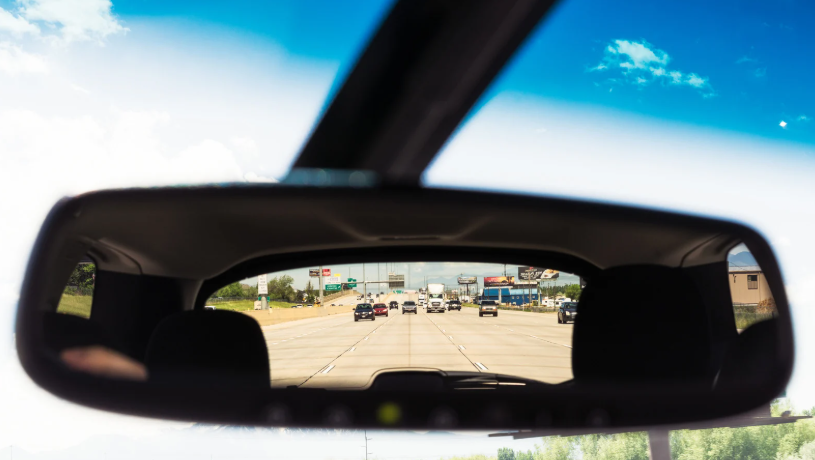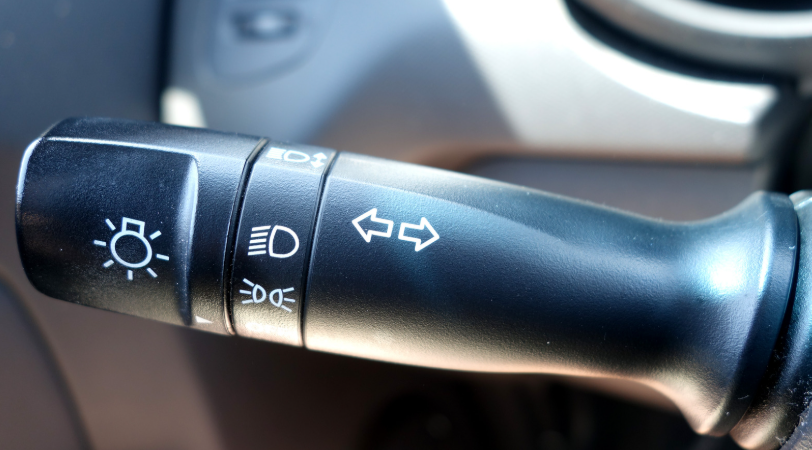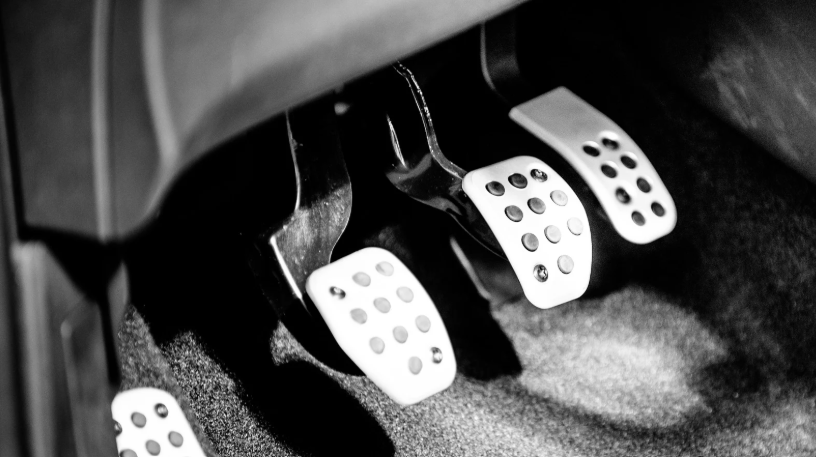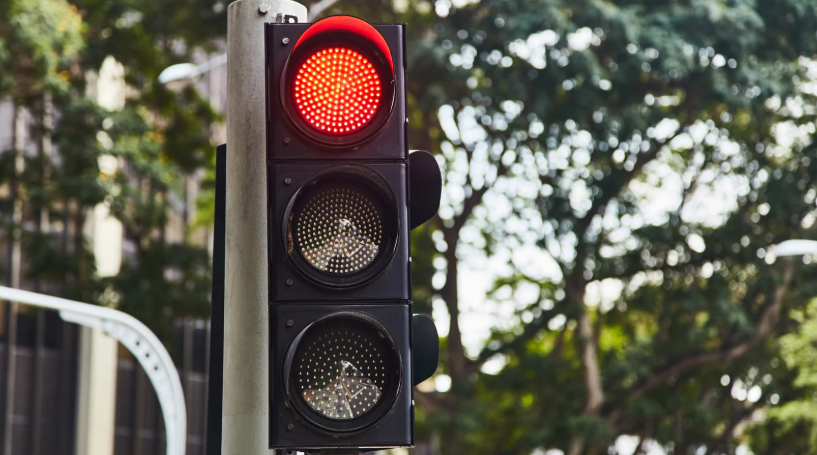🚫 Top 7 Reasons Learners Fail Their Driving Test — and How to Avoid Them
- Ossie Sitki
- Jun 18
- 3 min read

You’ve practiced for weeks, maybe months. You know your test routes, your mirror checks are second nature—and still, you might be wondering: what actually causes most learners to fail their driving test?
The good news? The most common reasons are completely avoidable with the right preparation, mindset, and guidance. In this post, we’ll walk you through the top 7 reasons why learners typically fail their practical test—and how to make sure you don’t fall into the same traps.
1. 👀 Poor Observation at Junctions

Why it causes fails: This is consistently one of the most common reasons for failing. Learners either don’t look properly before pulling out or misjudge the speed of oncoming vehicles.
How to avoid it:
Always do full observations—left, right, ahead, and behind—before moving.
Never rush. If in doubt, wait it out.
Practice judging gaps with your instructor in different traffic conditions.
Make eye movement clear so examiners can see you’re checking properly.
Don’t just glance—actually assess if it’s safe before committing to a decision.
2. 🪞 Not Checking Mirrors Before Changing Direction

Why it causes fails: Failing to check mirrors before signalling, changing lanes, or turning can put other road users at risk. Examiners are watching for consistent mirror use.
How to avoid it:
Use the MSPSL routine (Mirrors, Signal, Position, Speed, Look).
Check mirrors well before you act—not at the last second.
Make it a habit, not just a test-day performance.
You should check mirrors even during quiet moments, not just at busy spots.
Always include blind spot checks when necessary, especially when pulling away.
3. 🔁 Incorrect Use of Signals

Why it causes fails: Giving no signal, the wrong signal, or signalling too late can confuse other drivers or lead to dangerous situations.
How to avoid it:
Only signal when it’s safe and appropriate to do so.
Cancel your signal after turning.
Practice in complex junctions and roundabouts to build confidence.
A mistimed or misleading signal can result in a serious fault.
Get into the habit of planning your signalling well in advance, not under pressure.
4. 🔄 Poor Lane Discipline

Why it causes fails: Learners sometimes drift out of lanes, use the wrong lane on roundabouts, or fail to position themselves properly when turning.
How to avoid it:
Know your road markings and stay aware of your positioning.
Ask your instructor to go over test-centre-specific roundabouts.
Use reference points and practice multi-lane driving.
Check mirrors and blind spots when changing lanes or merging.
Stick to your lane unless signage or road layout clearly indicates a change.
5. 🔧 Loss of Control During Manoeuvres

Why it causes fails: Reversing into a bay, parallel parking, or pulling up on the right can go wrong if control and observation aren't up to scratch.
How to avoid it:
Learn reference points and repeat each manoeuvre multiple times.
Don’t rush—go slow, look around, and correct yourself if needed.
Practice in different car parks and test-like conditions.
If something goes wrong, it’s okay to stop, re-assess, and try again safely.
Observation is just as important as accuracy during manoeuvres.
6. 🚦 Not Responding Properly to Traffic Signs or Signals

Why it causes fails: Failing to stop at a red light, ignoring speed signs, or hesitating unnecessarily at a green light can all lead to serious faults.
How to avoid it:
Keep scanning the road ahead constantly—not just what's in front of you.
Know the difference between mandatory and advisory signs.
Get used to reading signs early with plenty of time to react.
Don’t rely solely on your instructor—train yourself to notice signs independently.
Practice in unfamiliar areas to strengthen your adaptability to new signage.
7. 🚘 Poor Judgement in Meeting Traffic

Why it causes fails: Learners often misjudge when to give way or proceed in narrow roads or with oncoming traffic.
How to avoid it:
Slow down early and observe the situation fully.
Know who has priority and be prepared to stop.
Don’t take chances—better to wait a few seconds than fail the test.
Use passing places and mirrors effectively to assess space.
Be patient, and don’t let pressure from other drivers force a bad decision.
✅ Final Tips to Pass First Time
Book a mock test with your instructor under real test conditions.
Use taster lessons to assess progress and build your plan.
Make sure your instructor knows your test centre well—they can help you prepare for specific roads and tricky spots.
Stay consistent with one instructor when possible—changing often leads to lost progress.
Most importantly, treat driving as a lifelong skill, not just a test to pass. The habits you build now will stay with you for years.








Comments